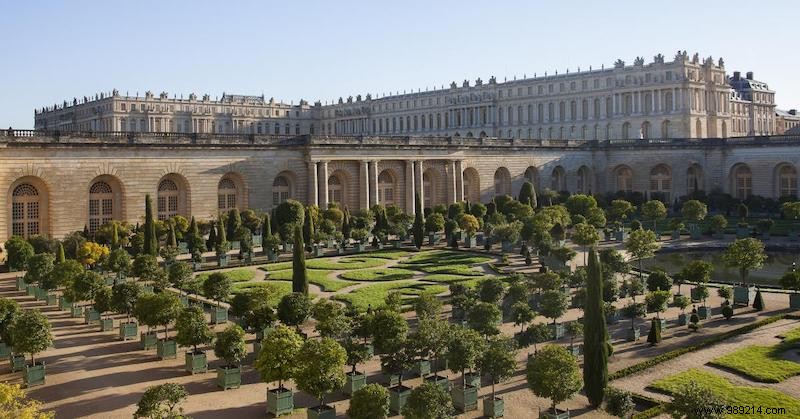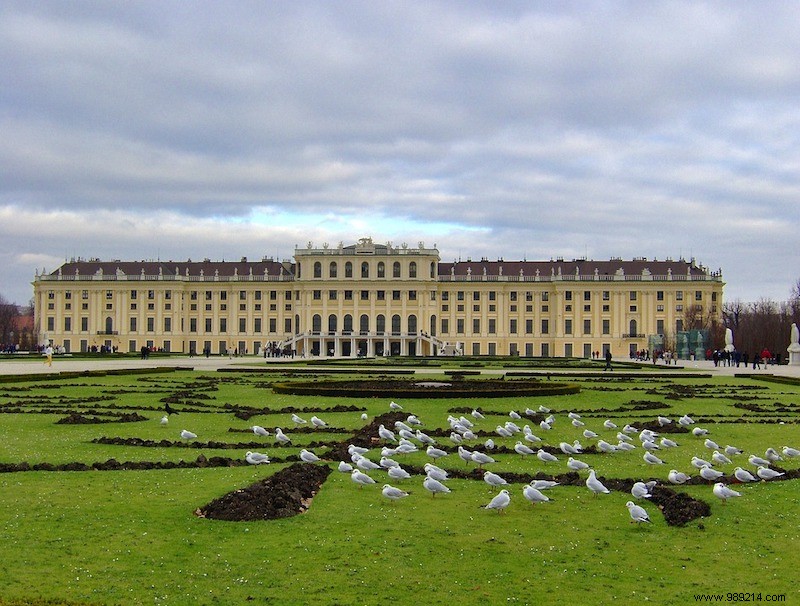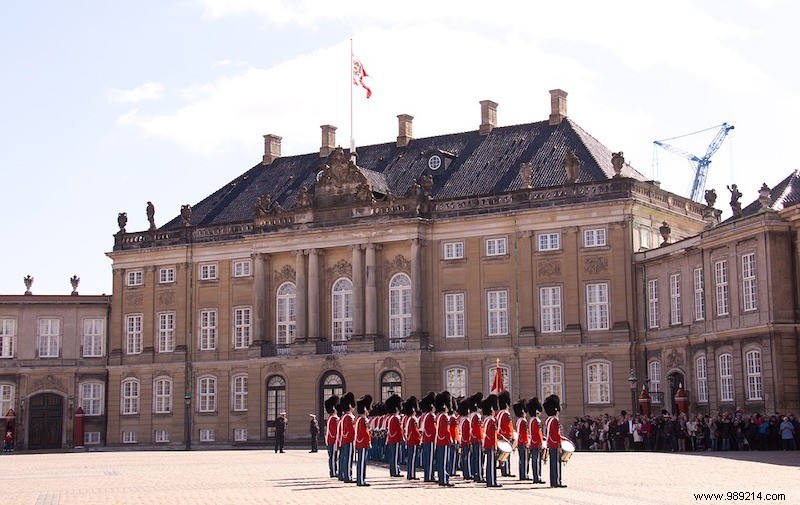With royal interest at an all-time high after the birth of Prince Archie and the increasing popularity of royal TV shows such as The Crown and Victoria, the 10 most popular royal palaces in Europe have been unveiled. To reveal the top 10, Google search data was analyzed to find out how many people searched for each palace, and that was combined with the number of photos of the palace posted on Instagram. Resulting in a final popularity score for each palace. This research provides the ultimate inspiration for anyone looking to view royalties in person while travelling.
1. Buckingham Palace, UK
Probably one of the most recognizable royal palaces in name, Buckingham Palace is officially THE most popular palace in Europe, with 5.4 million people looking to learn more about it on Google, and a whopping 1.1 million photos of the palace uploaded to Instagram.
The iconic London-based palace has served as the official residence of British monarchs in London since 1837 and has 19 state rooms, 52 royal and guest rooms and 188 staff rooms. The palace opens its doors to visitors every summer, and an additional 50,000 people are entertained in the palace as guests at state banquets, lunches, dinners, receptions and garden parties.
2. Windsor Castle, UK Home to the Queen, Windsor Castle is home to over 900 years of royal history. It is the oldest and largest occupied castle in the world. It has been home to 39 monarchs since it was originally founded by William the Conqueror in the 11th century, and luckily for us it is now open to visitors all year round.
3. Kensington Palace, UK Once home to Princess Diana, Kensington Palace is now home to a host of royals, including Kate and William and their young family, and Princess Eugine and her husband Jack Brooksbank. The palace was also the birthplace and childhood home of Queen Victoria and has been the home of young royals for over 300 years.
A visit to Kensington Palace is a great way to step back in time and follow in the footsteps of the royal family – major highlights include the King's State Apartments, the Queen's Apartments and the famous Sunken Garden.

4. Palace of Versailles, France
The iconic Palace of Versailles played a central role in the infamous history of the French royal family; the French Revolution forced Louise XVI to flee the palace for Paris in 1789 and never again would the decadent palace be the home of a French king. In 1837 it became the Museum of the History of France, and today the collections of the Palace of Versailles contain more than 60,000 works.
The Palace of Versailles is the first UNESCO World Heritage Site on the list. If you are lucky enough to visit, there is an incredible number of lavish rooms to explore including The Hall Of Mirrors, The Royal Opera House, Marie-Antoinette's private rooms, The King's Apartments and many more.
5. Hampton Court Palace, UK
The fourth British royal palace on the list, Hampton Court Palace is synonymous with one of the most famous British kings in history – King Henry VIII. Home to the infamous king and his six wives, you can visit Hampton Court Palace to see Henry's Great Hall, the infamous Haunted Gallery, the Tudor kitchens, the Baroque palace built for William III and Mary II and the spectacular gardens to explore.

6. Schönbrunn Palace, Austria
The second UNESCO World Heritage Site, Schönbrunn Palace is one of Austria's most important cultural attractions, attracting millions of visitors every year. The huge and impressive palace was the main summer residence of the Habsburg rulers who ruled Austria for almost 650 years. Maria Theresa, Emperor Franz Joseph, Empress Elisabeth all once lived in the palace.
Schönbrunn Palace is said to be Austria's most visited tourist attraction and for good reason – in addition to the Imperial ceremonial rooms and beautiful gardens, Mozart is also said to have made music in the Hall of Mirrors as a six-year-old prodigy. Napoleon apparently held conferences in the Vieux Lacque Room. And in the Blue Chinese Salon, Emperor Charles I signed his renunciation of the government (end of the monarchy).
7. Palacio Real, Spain
The Royal Palace of Madrid is no longer called home by the Spanish royal family, but is home to state ceremonies, official banquets and other state functions. Construction of the current palace began in 1734 and royal buildings have been built on the ground since the 9th century. With over 135,000 square meters of floor space and 3,418 rooms, Palacio Real is the largest working royal palace in Europe.
When exploring the elegant palace, visitors have access to lavish halls, the throne room, residential areas, banquet halls, the Royal Armory and the Royal Pharmacy, as well as the majestic gardens
8. Buda Castle, Hungary
Buda Castle is the historic castle and palace complex of the Hungarian kings in Budapest and the third UNESCO World Heritage Site on the list. Today the castle houses the Hungarian National Gallery and the Budapest History Museum.
Statues around the castle provide a fascinating glimpse into its history. A notable example is the statue of Prince Eugene of Savoy erected in 1900 to honor him for the liberation of Budapest from the Turks.
9. Chateau De Fontainebleau, France
The Palace of Fontainebleau is 55 kilometers from the center of Paris, the second French palace in the top 10 and another UNESCO World Heritage Site. As one of the largest royal castles, Fontainbleau served as a residence for a large number of French monarchs, from Louis VII to Napoleon III.
With 1500 rooms and 130 hectares of parkland and gardens, Fontainebleau is the only royal palace continuously inhabited for seven centuries and a visit to the beautiful site offers an unparalleled view of French history and architecture.

10. Amalienborg, Denmark
Home to the current royal family of Denmark, and one of the oldest monarchies in the world, Amalienburg consists of four identical buildings:the Palace of Christian VII, the Palace of Frederick VIII, the Palace of Christian IX and the palace of Christian VIII.
Originally built as a residence for four high-ranking aristocrats, it wasn't until 1794, when Christiansborg Palace burned down, that the Royal Family moved into Amalienborg and successive members of the Royal Family have lived there since.
From June to August, visitors can explore the Royal Representation Rooms, the Gala Hall and other state rooms still used by the Royal Family.